The thin straps you find on most bikinis from ready-to-wear have elastic inside. In fact, it is somehow stitched inside that fabric tube that makes the straps, but without the stitching showing on the outside of the tube. Some of you might think that you just make a fabric tube and thread the elastic through with a safety pin or a bodkin. While that is a great method for inserting elastic in some instances, it is not the best one for our Yellow Polka Dot Bikini straps. Why? The free-floating elastic inside the strap likes to twist, and is nearly impossible to flatten out. Also, it never seems to lie flat once it has been stretched a bit. The method I show here keeps the elastic straight and flat. Ready to try this different method which I call Elasticated Straps? I know that’s not a real word, but it describes perfectly what it is!
First, a bit of math. Cut a strip of your swimsuit fabric 4 times the width of the elastic you are planning to use. I am using Filpar siliconized rubber for the strap and it is 3/8″ (9 mm) wide, so I will cut my strips 1.5″ wide (36 mm). I figure I need 36″ (91 cm) per strap, so I cut 2 strips. It would be nice to do the strap as one long piece but that would be difficult to turn, so I will do it as two.
Next, fold the strips in half lengthwise. I like to hold them together with a bit of UHU glue. Just a bit on the open edge, keeps those edges together. Believe me, they will slide around if you don’t stick them down a little bit. Obviously, ready-to-wear doesn’t do this step, but no one will report you to the sewing police if you do.

Now to turn the elasticated straps! You could use a pin or a bodkin, but I use the Turn-it-all, which I call “the Stick and the Straw”. The Straw is a hollow tube.











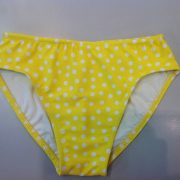
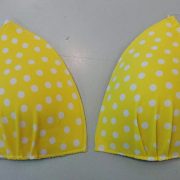
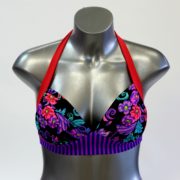
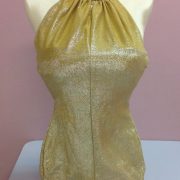
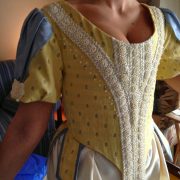
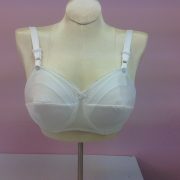
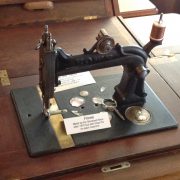
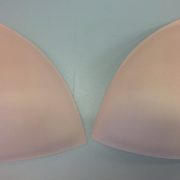


You can just overlock it on and turn inside out with a wire hanger
Thx, ,Beverly. Hope I get this done tomorrow!
I know you could!
This looks so easy, I think I could even do this !